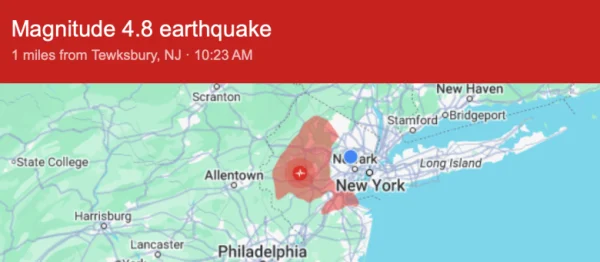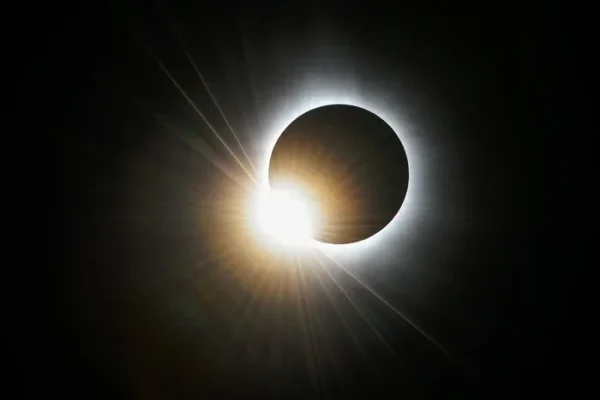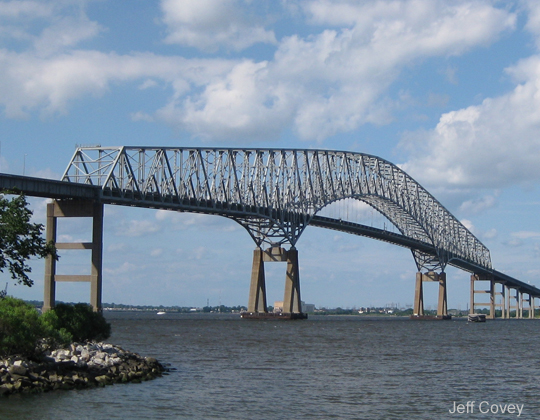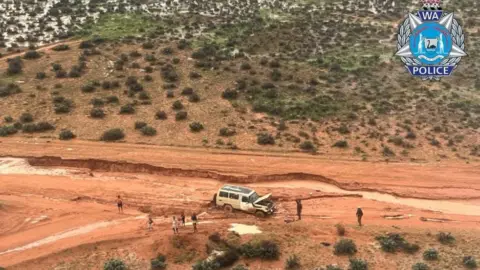Second Earthquake Shakes Nepal
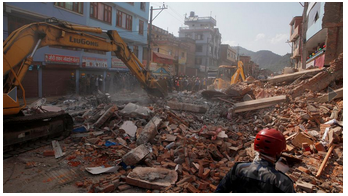
Construction workers clearing debris from building collapsed by earthquake. Credit: AP Photo/Niranjan Shrestha
May 20, 2015
On Tuesday, May 12, another earthquake struck Nepal. According to Weather.com, the earthquake had killed at least 65 people and according to the Nepali government, had injured 1,117. This strong 7.3 magnitude earthquake brought back harsh memories of the 7.8 magnitude strike back on April 25th.
It was recorded that approximately five aftershocks hit Nepal after the second quake. Dozens of people were announced dead, according to NBC News.
“It was completely unexpected,” 21-year-old nursing student Shristi Mainali told NBC News from Kathmandu, Nepal. “At first we just felt like a shake, and we thought it was normal, we are having aftershock, but it didn’t stop, so we got up and rushed to our garden. We could see the ground moving, shaking … in that moment you cannot differentiate whether it’s the ground is shaking or it’s your legs shaking.”
The two earthquakes combined for a death total of 8,583 people, according to Yahoo News. In many surrounding villages, homes and buildings were destroyed in landslides due to the quake. District officials even stated that dozens are still missing and rescue workers are yet to remove debris from all of the village to recover bodies.
The second earthquake destroyed over half a million houses. According to Deutsche Welle, many citizens of Nepal are not content with its government, which was was criticized for not acting fast enough to provide relief.
“After admitting it was too slow to respond after the first earthquake, with Interior Minister Bam Dev Gautam saying authorities were ‘not prepared’, the government swung into action,” Deutsche Welle stated.
As a result, billion dollar funds, compensation, and health treatment were all announced for those who lost their homes, including aid for the families of the injured and deceased.
Nepali citizens, however, still do not feel fully protected. Many are still in fear and had to move to safe locations provided by rescue forces.
“It’s not safe here,” Ram Tamang, a resident of Jure village who lost his wife, mother and three children in a landslide last August, told Reuters. “Last night it was raining hard the whole night and I couldn’t sleep. I’m always worried another landslide will come.”
The Guardian later stated that Langtang valley in Nepal was nearly wiped off the map. The popular hiking village was reduced to rubble.
“Moments after the earthquake struck, a massive expanse of ice fell thousands of feet, creating an avalanche that wiped out a community where 400 people lived and where, at that moment, nearly 100 foreign trekkers are believed to have been,” The Guardian explained.
It had been reported that the latest quake brought previously damaged building from the April 25 earthquake crumbling to the ground. This shocking sequence of event evoked a new feeling of terror in Nepali citizens.
“The land has cracked open in many places, many people don’t even have a spot to put their tents,” shared Krishna Siwakoti, a farmer who lives close to the epicenter. “The situation is dire. We are isolated.”
Relief efforts continue to assist in Nepal as other countries and responding organizations provide aid to help a country in need.

